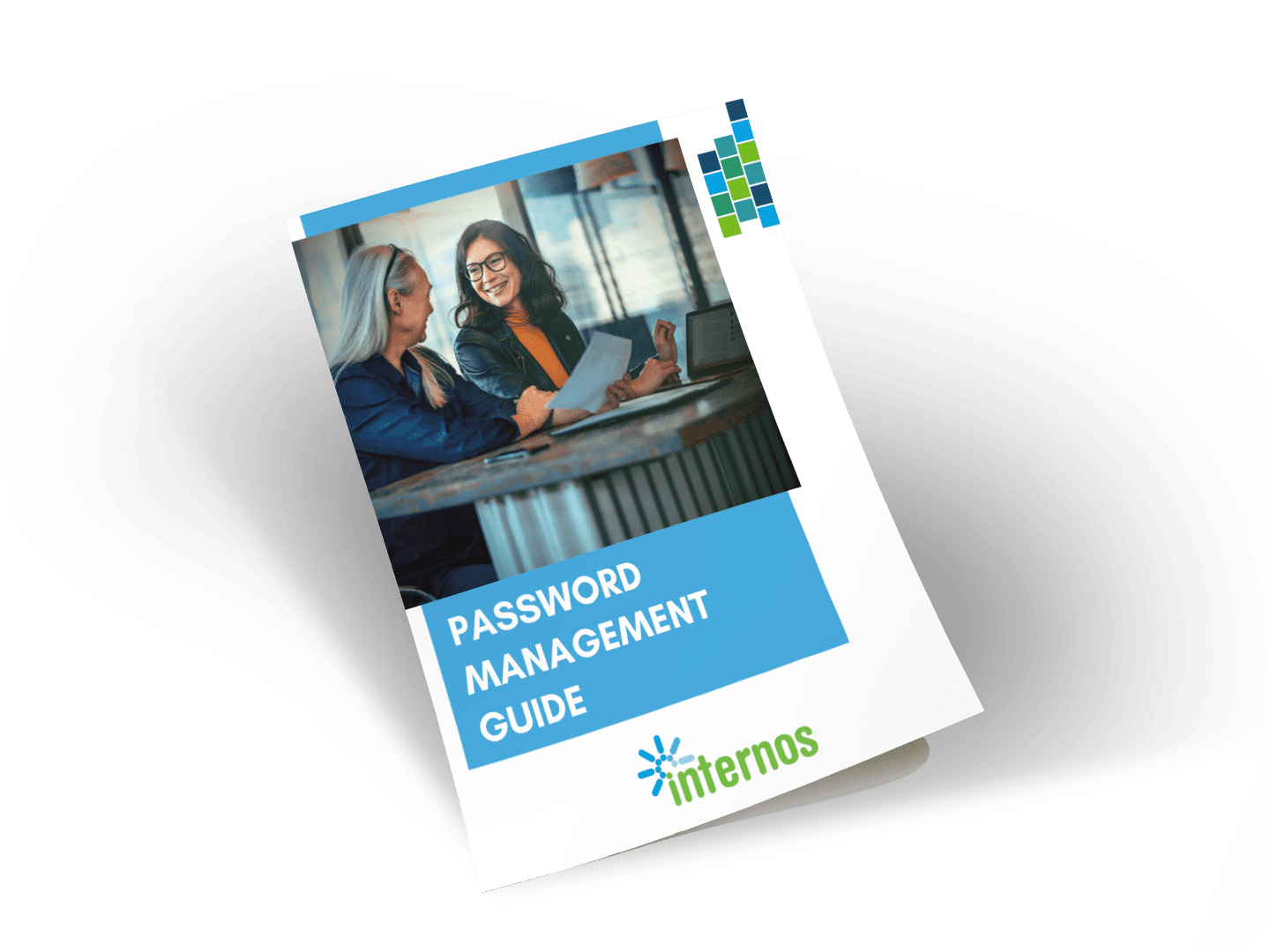Weak Passwords Are Risky Business
$
The typical cost of a data breach for SMBs. (Ransomware averages $133,000.)
%
How many Americans tried to guess someone’s password: 17% of which succeeded.
%
The likelihood of people who use their name or birthdate in their password.
Days
How long it typically takes before a cyber attack is detected.
What Could Possibly Go Wrong?
Cybercriminals can steal your data, access your network or disrupt your business in lots of different ways, and they keep creating new ones by the day.
Here are some of them:
- Drive-by: You won’t notice when this attack happens. Simply by clicking on a link or visiting a website, your system becomes infected with malware. The malware doesn’t take actions you can see, but runs in the background, siphoning data used in other forms of attack.
- Malicious software (malware): This includes ransomware, viruses, trojans, worms and other infection types.
- Man in the middle (MITM): Ever play “monkey in the middle”? In this case, hackers get between users and servers to take control. They can pretend to be you to your users or spoof your IP to access other servers or applications to harvest data.
- Phishing: These convincing-looking emails contain malicious links to fake sites or attachments designed to capture your data or infect your system. There are also variations that start with a text (smishing) or phone calls (vishing).
- Distributed denial of service (DDOS): A website, network, server or computer is targeted with the goal of taking it offline to disrupt your business.
And these are just a few examples when it comes to cybercrime methods. As mentioned before, hackers are always inventing new methods. Ensure your company is well-protected with our guide.
Get Your Password Management Guide
Just complete this short form.

